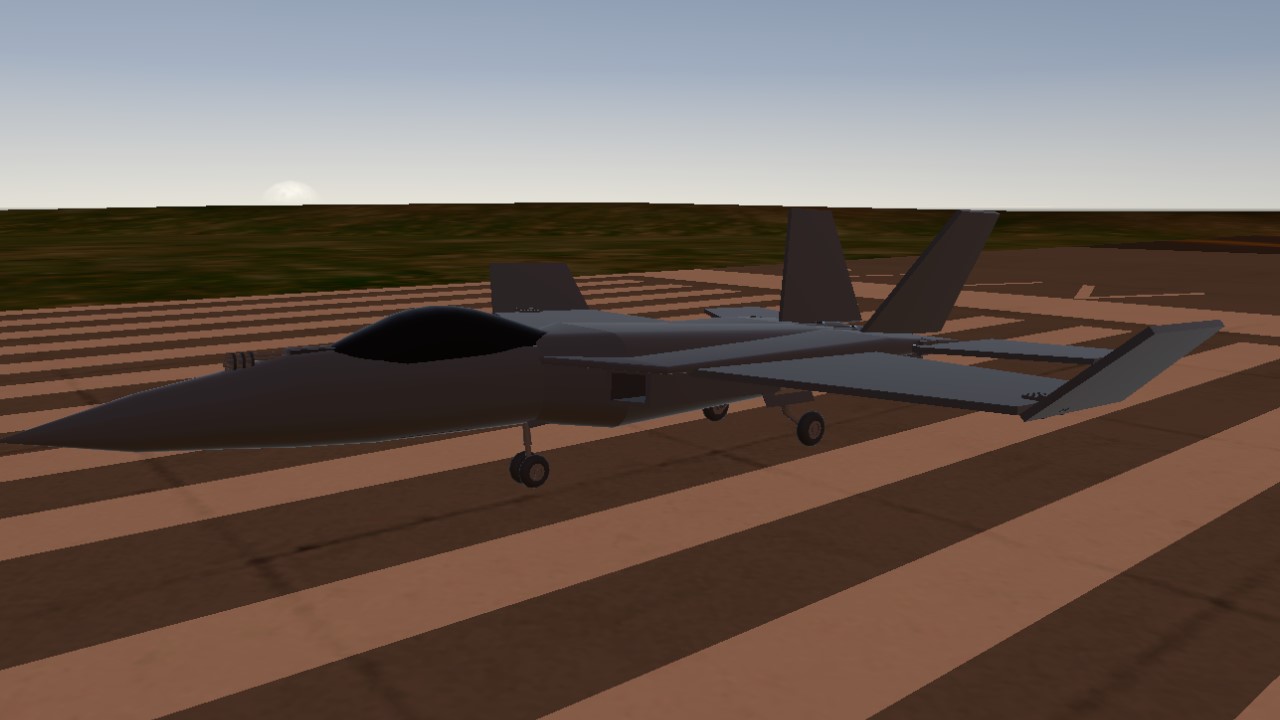The McDonnell Douglas F/A-18 Hornet is a twin-engine, supersonic, all-weather, multirole jet fighter with carrier-based capabilities. [2] Originally developed by McDonnell Douglas, the F/A-18 Hornet is currently produced by Boeing. The F/A-18 Hornet is a derivative of the 1970s YF-17 used by the United States Navy and United States Marine Corps. The Hornet is also used by the air forces of several nations and, since 1986, by the U.S. Navy's Blue Angels Flight Demonstration Squadron. The F/A-18 has a maximum speed of Mach 1.8 (1,915 km/h; 40,000 ft) and can carry a wide variety of bombs and missiles, including air-to-air and air-to-ground, including a 20 mm M61 Vulcan cannon. It is powered by two General Electric F404 turbofan engines, which give the aircraft a high thrust-to-weight ratio. The F/A-18 has excellent aerodynamic characteristics, attributed to its wingtip extensions.
The primary roles of the F/A-18 are escort, fleet air defense, suppression of enemy air defenses, air interdiction, close air support, and aerial reconnaissance. Its appearance and reliability have proven the fighter to be a valuable carrier-based aircraft, although it has been criticized for lacking range and payload compared to its predecessors, such as the Grumman F-14 Tomcat in the fighter and strike roles and the Grumman A-6 Intruder and LTV A-7 Corsair II in the strike roles.
The Hornet first saw combat during the 1986 US bombing of Libya and later saw action in the 1991 Gulf War and the 2003 Iraq War. The F/A-18 Hornet served as the basis for the Boeing F/A-18E/F Super Hornet , its evolved version.
Specifications
General Characteristics
- Created On Windows
- Wingspan 46.9ft (14.3m)
- Length 50.7ft (15.4m)
- Height 14.0ft (4.3m)
- Empty Weight 20,212lbs (9,168kg)
- Loaded Weight 36,343lbs (16,485kg)
Performance
- Power/Weight Ratio 1.855
- Wing Loading 67.6lbs/ft2 (330.2kg/m2)
- Wing Area 537.3ft2 (49.9m2)
- Drag Points 4899
Parts
- Number of Parts 62
- Control Surfaces 4
- Performance Cost 561






@Mahoots Yes
This ain't a hornet, it's a bee